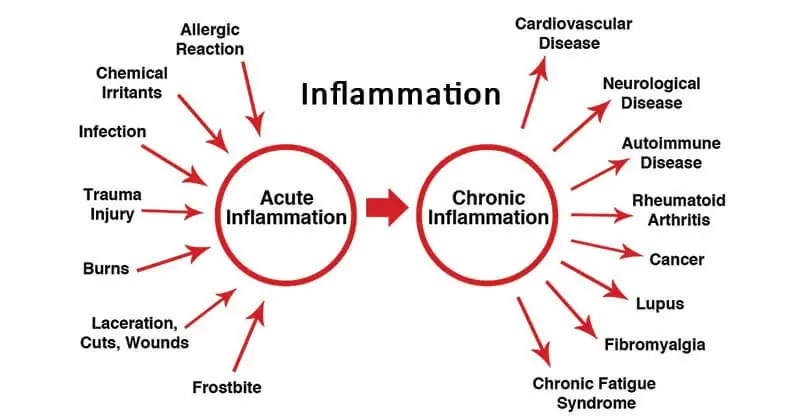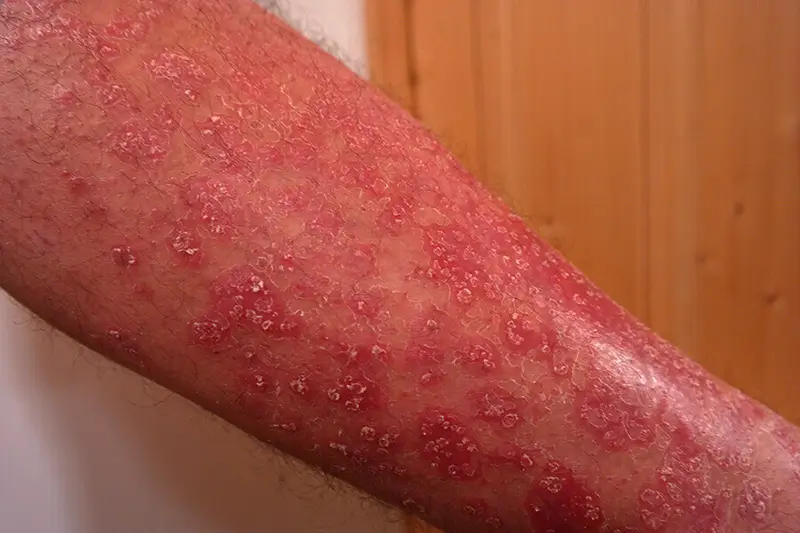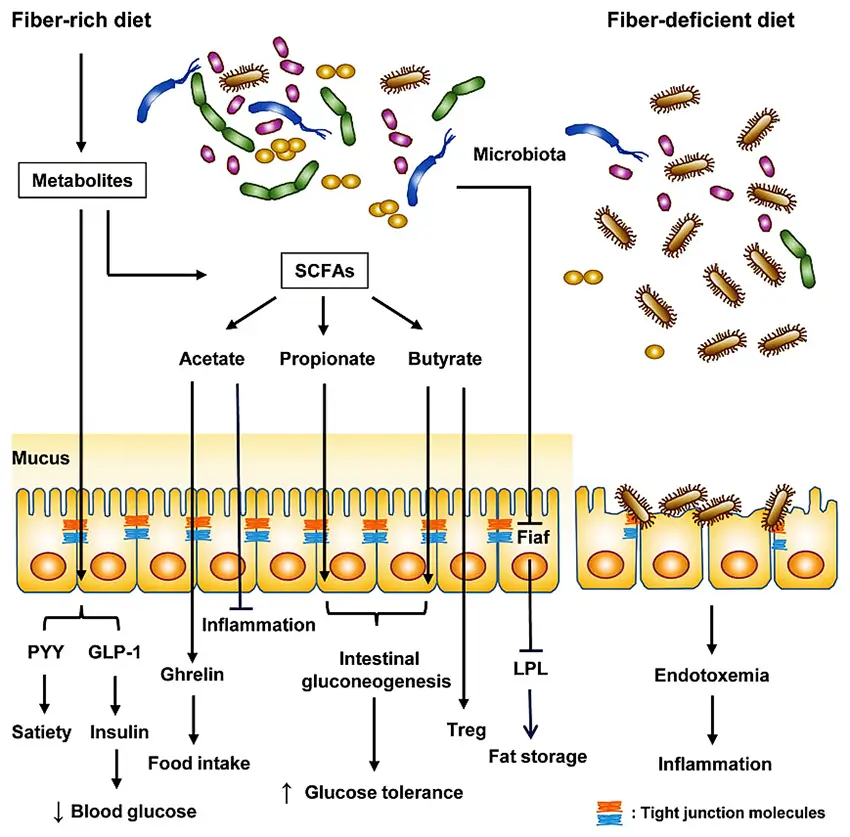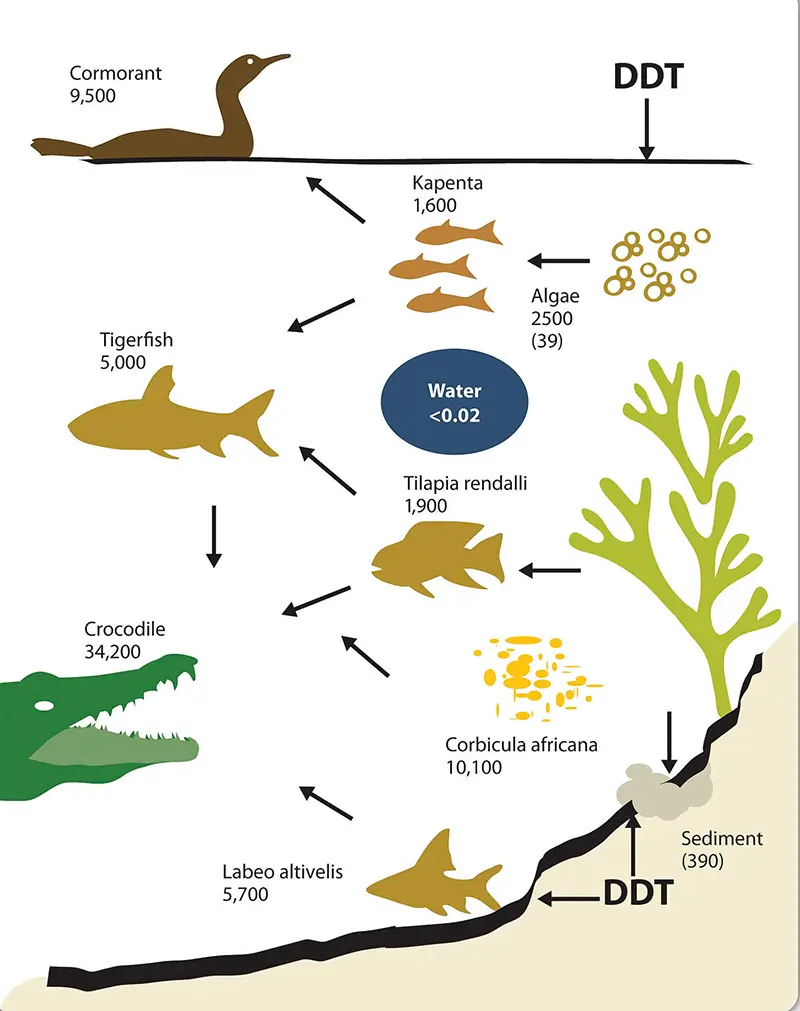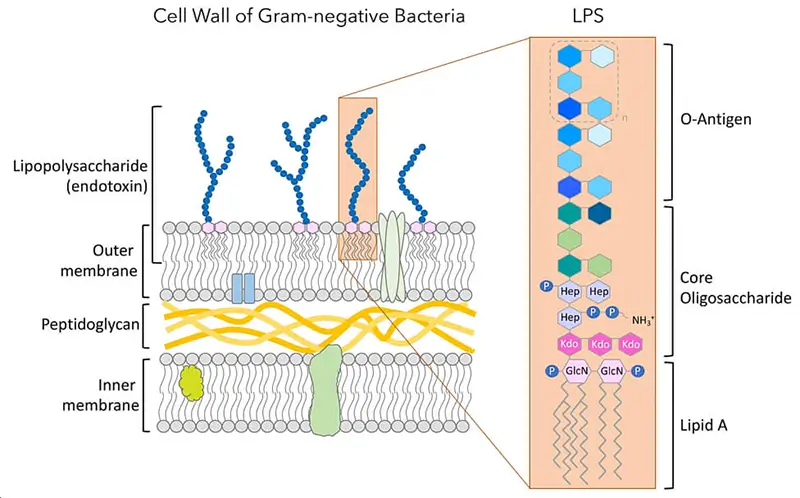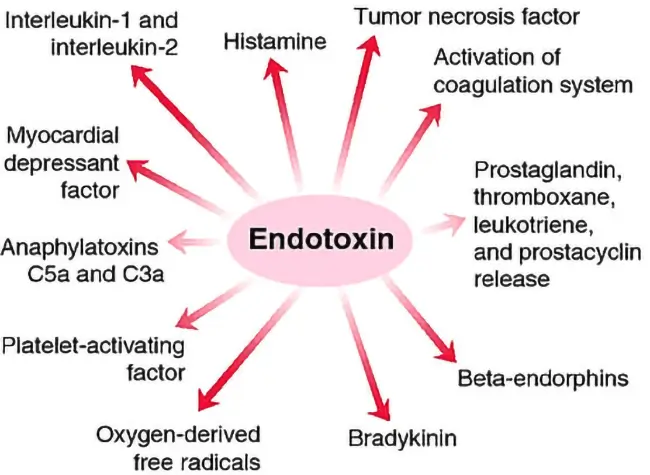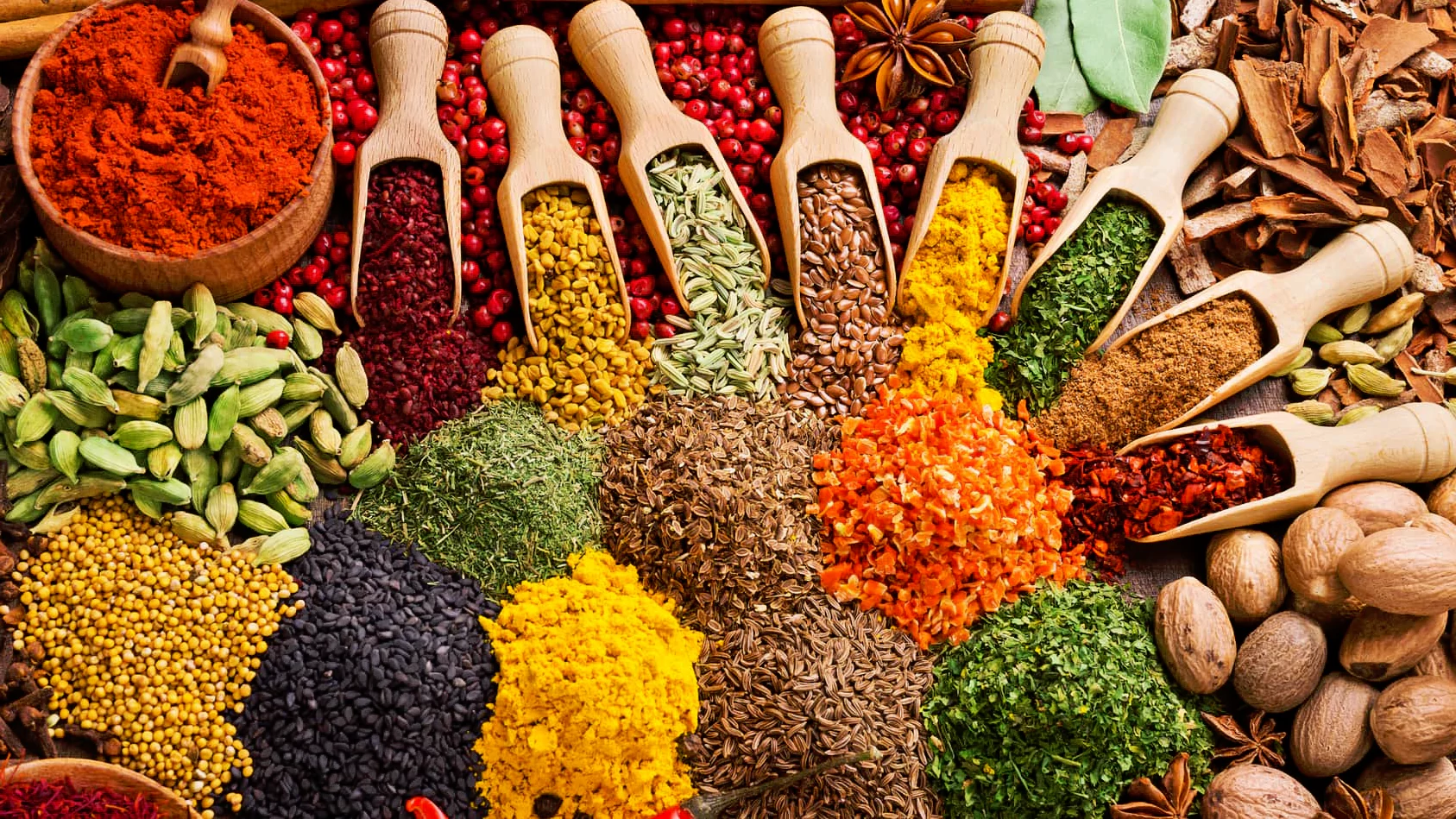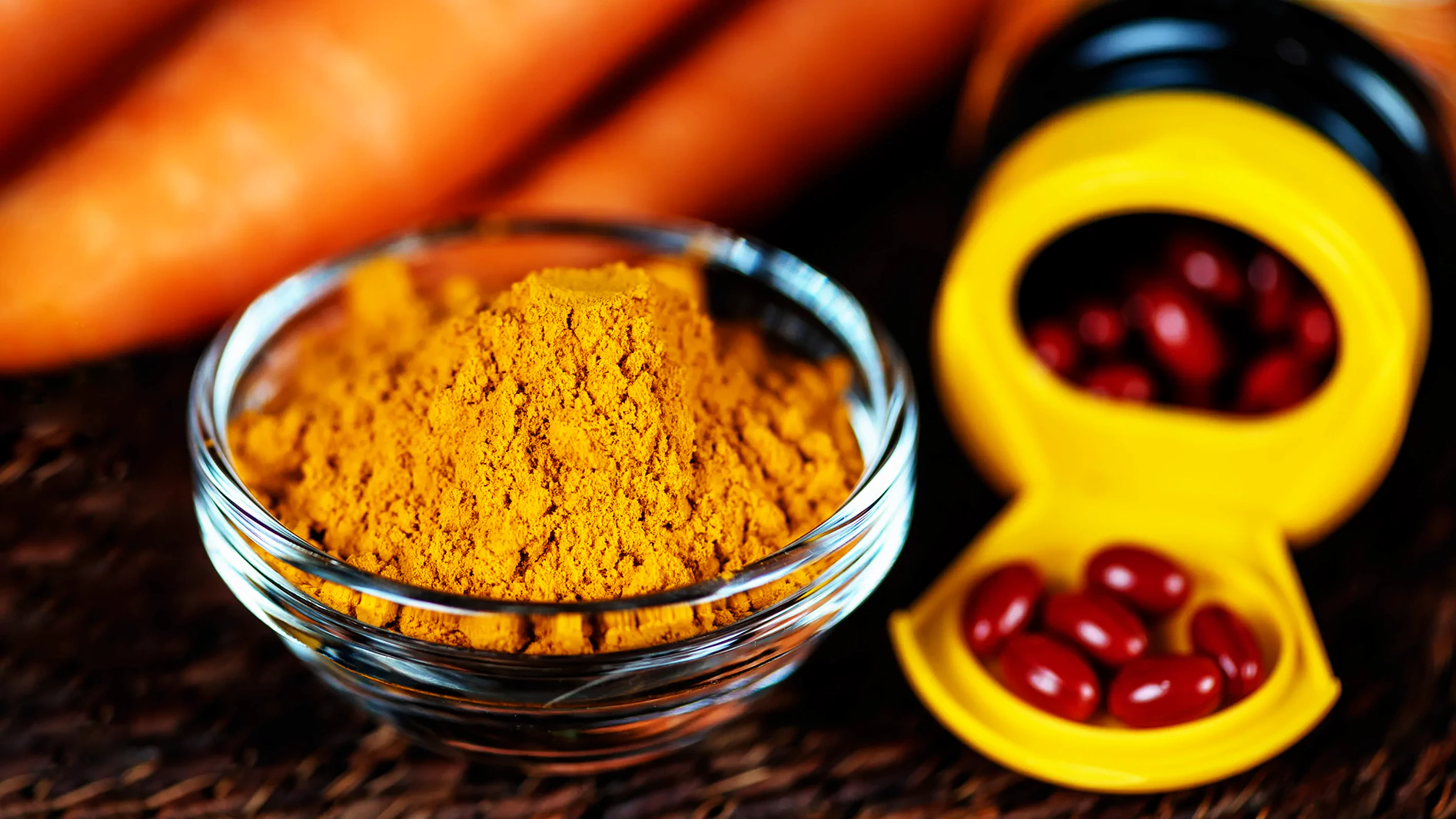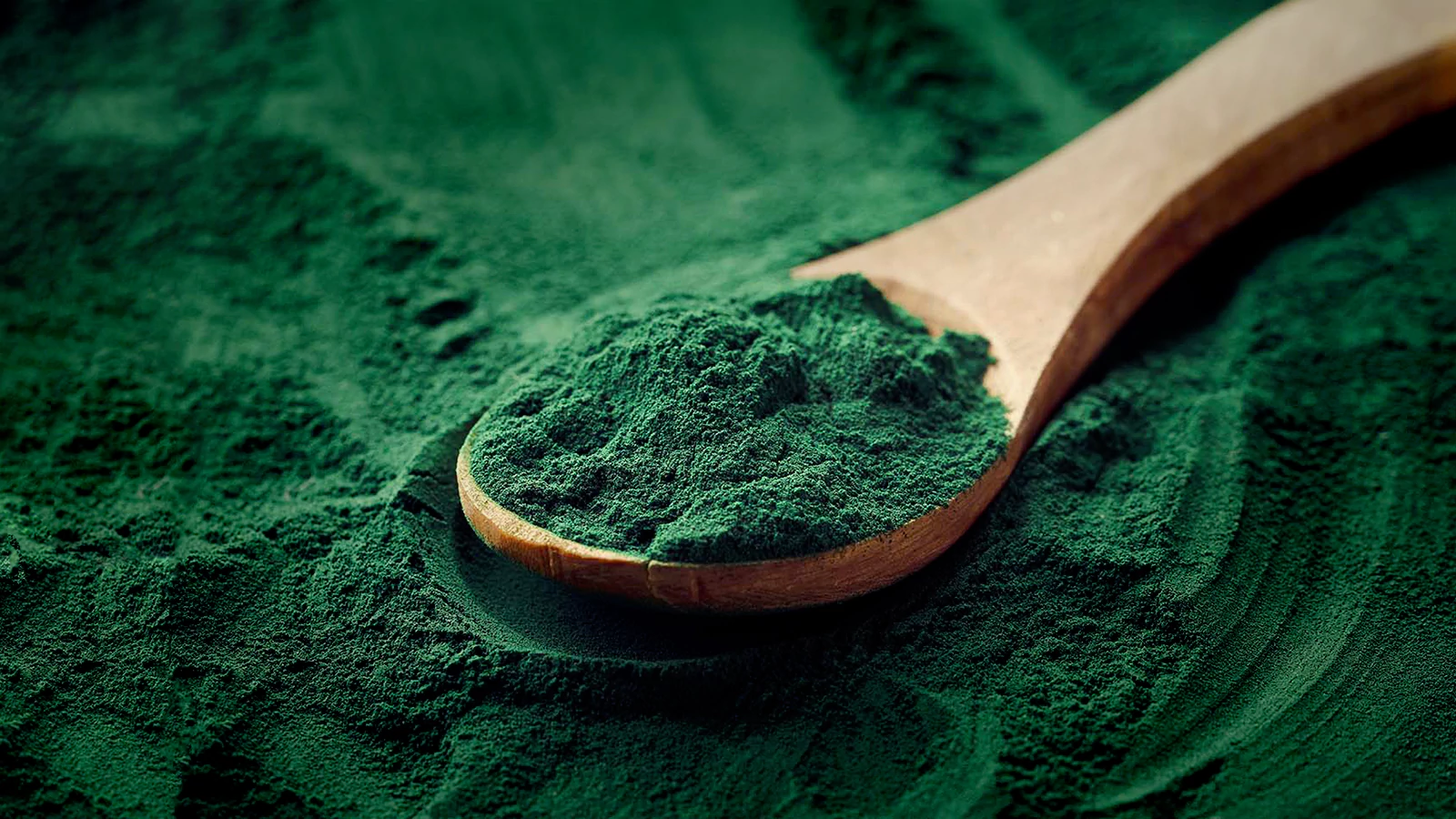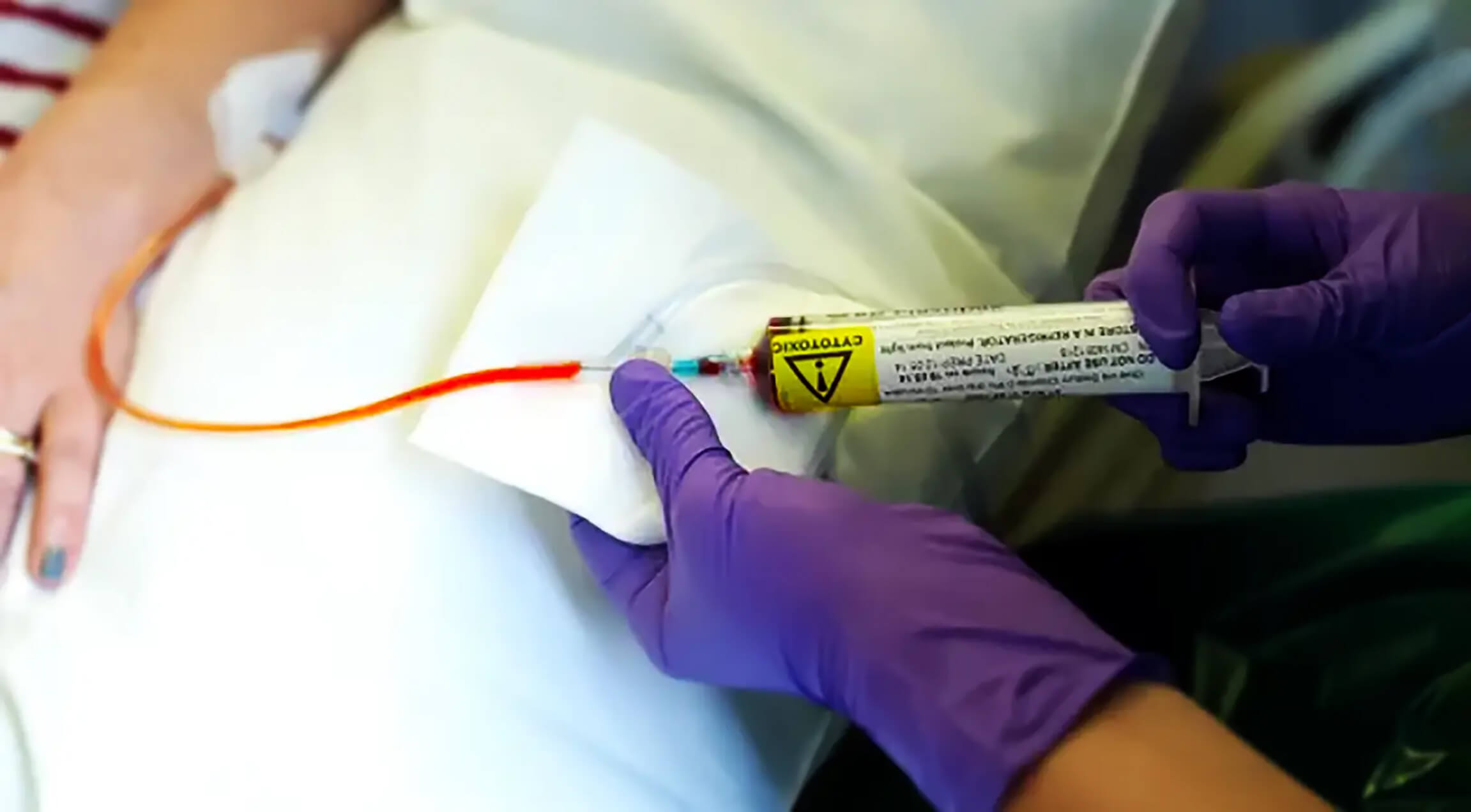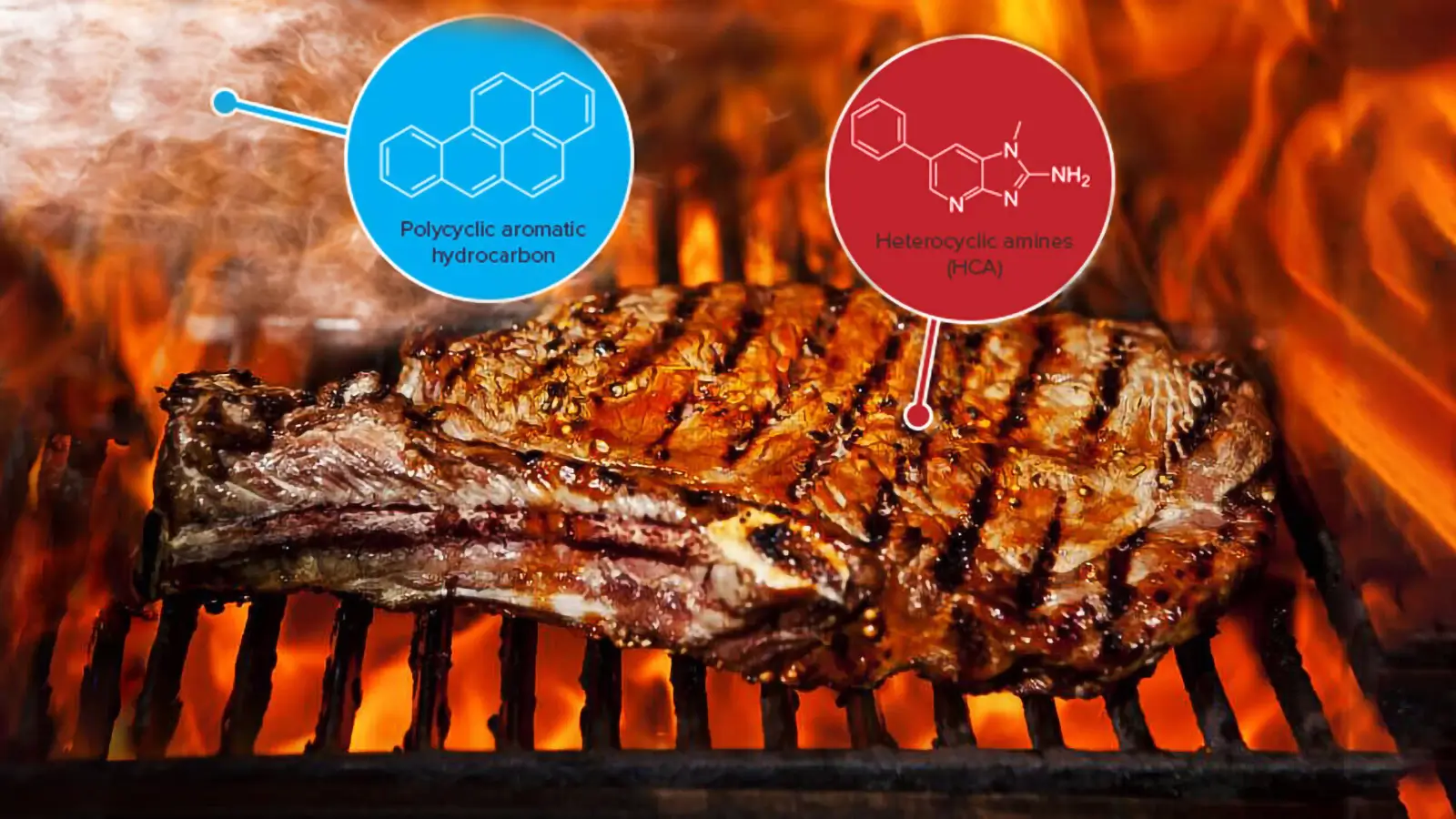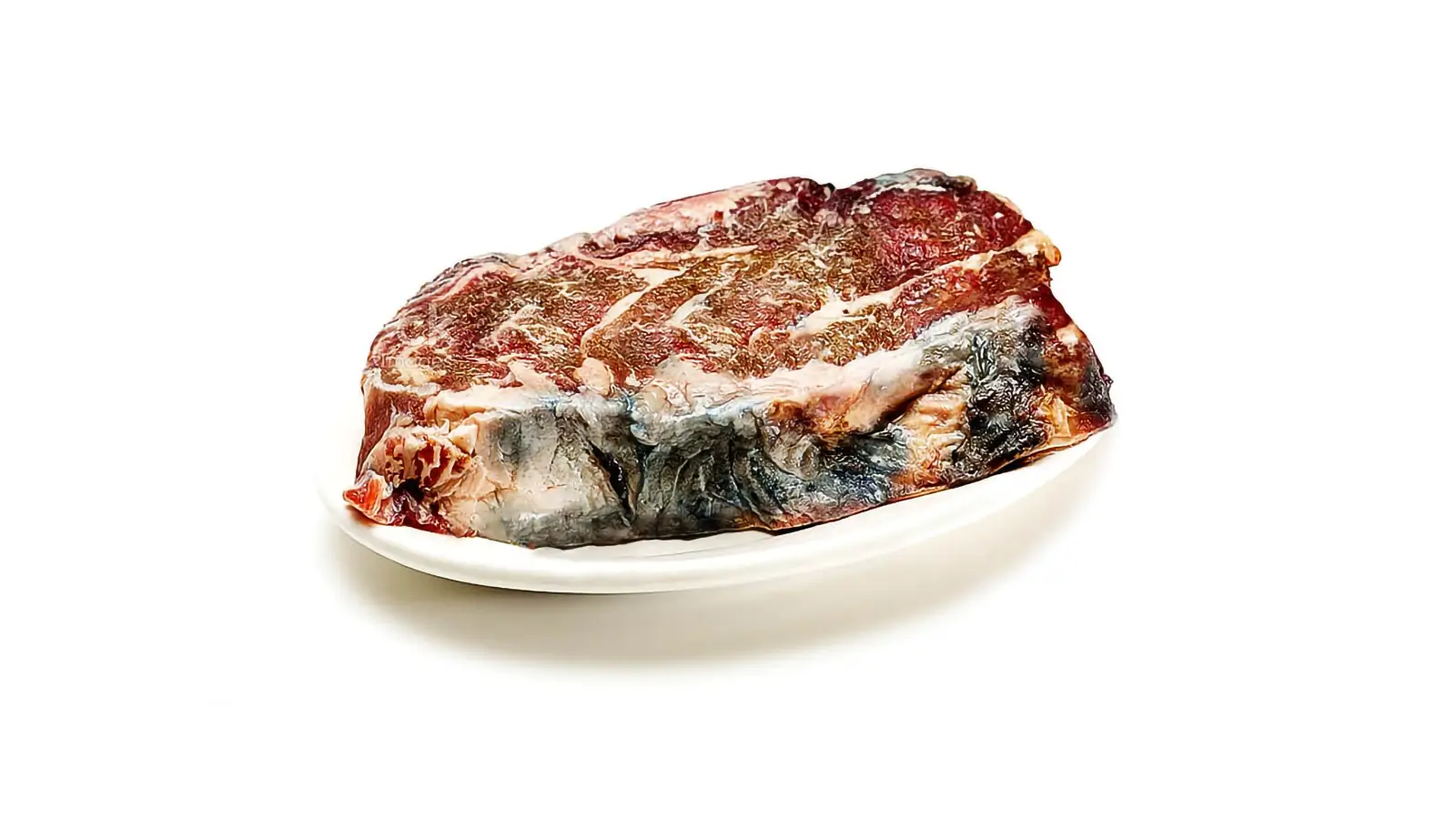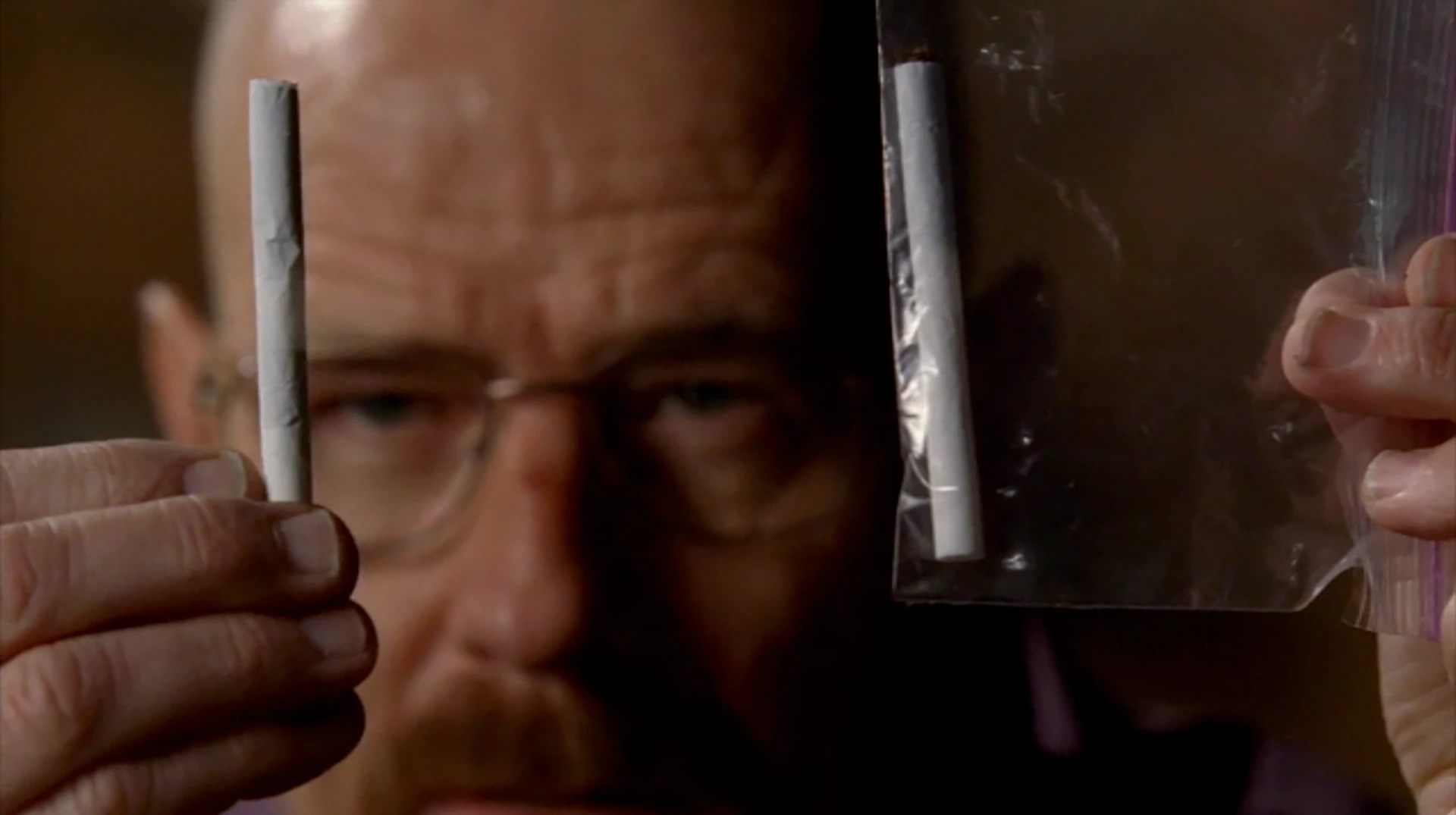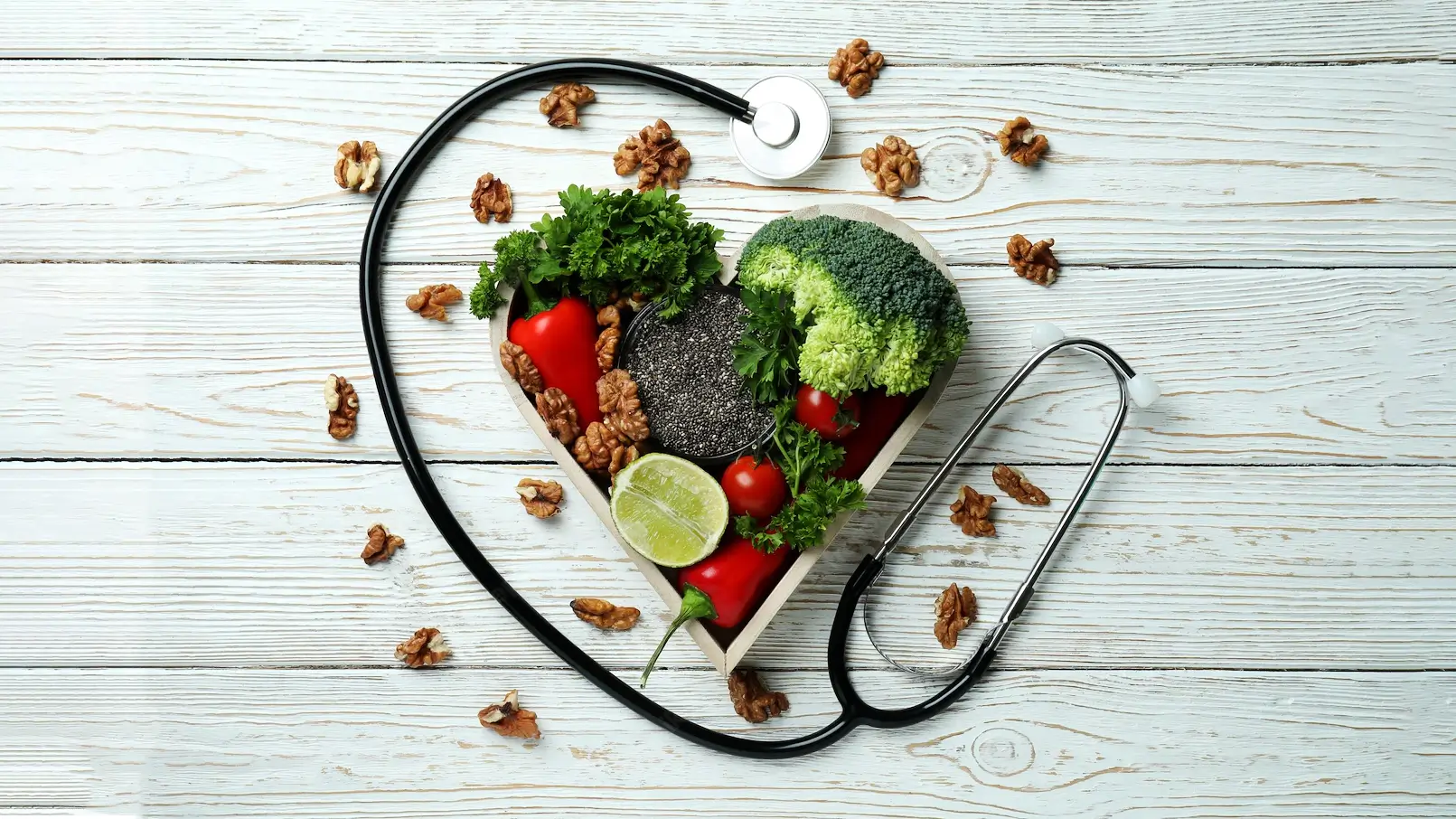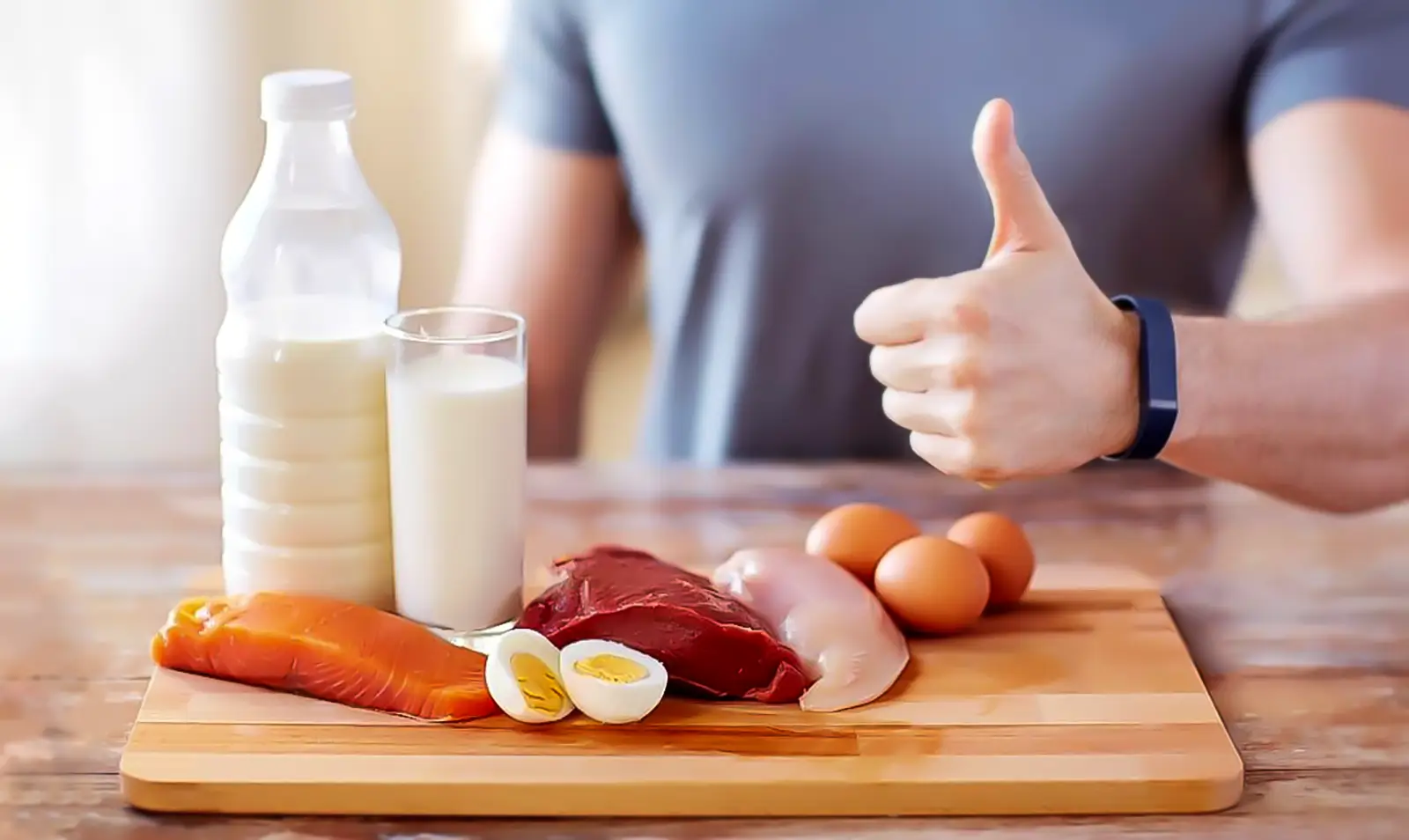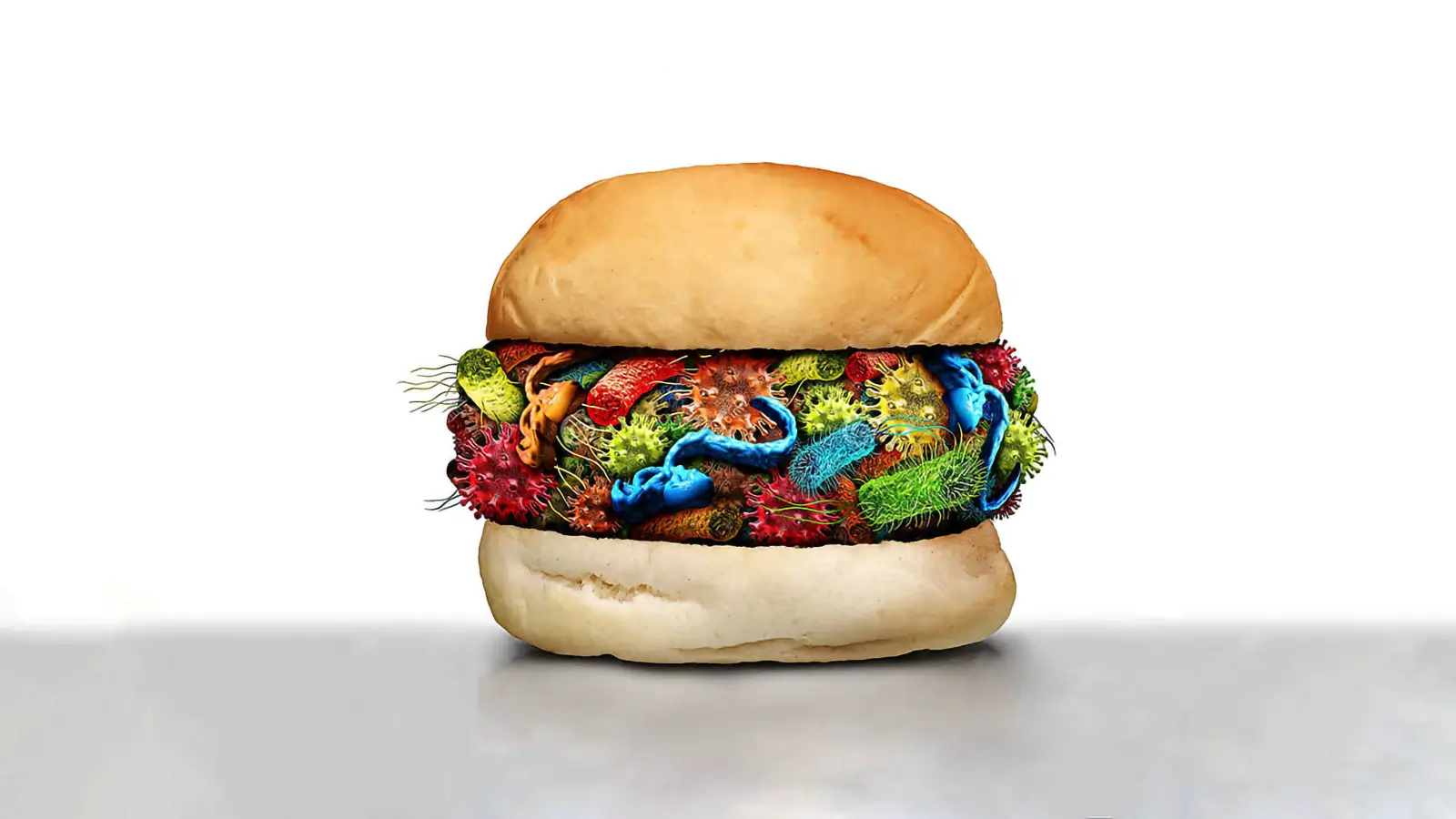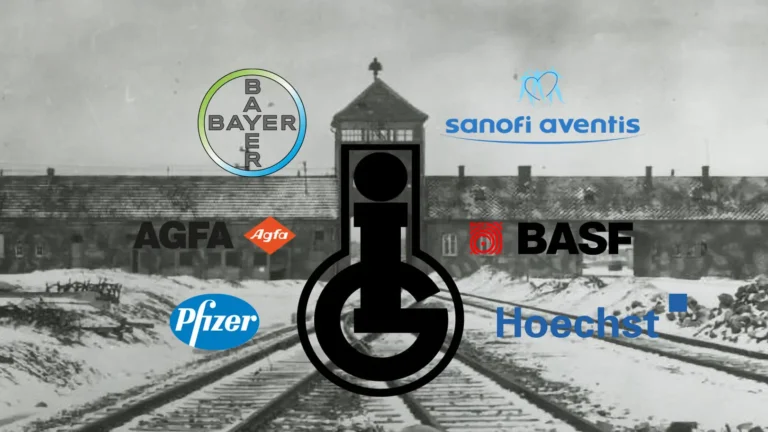Inflammation and diet- Vegan argument
We evolved to receive a burst of protective antioxidants when we eat but there are not present in meat. Inflammation and diet have a high level of correlation.
Milos Pokimica
Written By: Milos Pokimica
Medically Reviewed by: Dr. Xiùying Wáng, M.D.
Updated June 9, 2023When our DNA gets damaged no matter what is the cause (toxins, free radicals, viruses, etc.), the visible effect would be an increase in inflammation. Inflammation response is our body’s defensive mechanism. It is not the same as infection and people usually mix these two together. Pathogens will create inflammation as a defensive response from our body’s immune system but they are not the source of inflammation. Inflammation and diet are also correlated. The source of inflammation is DNA damage. Anything that damages our cells is pro-inflammatory including pathogens, free radicals, and toxic substances of a different kinds. If our immune system malfunctions and starts to attack our own cells the visible effect will be an increase in inflammation.
All of us have some level of normal inflammation all the time and suffer from DNA damage all the time. That is the reason why medical doctors talk about markers of inflammation in the body. They have a range that is considered to be normal. There is oxidative damage that is a result of natural cells’ metabolism of energy, there is a low level of pathogens that our immune system deals with on a daily basis and there are always some toxins that are present in our body. This “normal” inflammation will cause a disease that we know as the aging process.
Besides this, all of us could have acute (short time) inflammation for different reasons. For example, we can get a bacterial infection. It would cause pain and other symptoms and we would be aware of it.
But there is another type of inflammation. The type that combines both of these. And that is chronic (permanent) inflammation above the normally accepted levels that could be present without pain or visible effects over an extended period of time. It would still be there and we would have an increase in our DNA damage and as a result, at the end stage, we would have some disease as a consequence. For example, we might get cancer or just increase our rate of aging.
The higher the overall inflammation the more DNA damage, the shorter the life, the greater the chance of disease. Ideally, we would have no inflammation and would have no DNA damage, and would live forever but that is not possible because of normal cellular metabolism.
Almost all chronic diseases are associated with chronic inflammation from cancer, to autoimmune diseases, diabetes, and cardiovascular disease, and basically most of the diseases ever tested.
That is because, and people don’t understand this, inflammation is not a disease by itself. It is just a defensive reaction of the body. It is a biomarker that tells us how much destruction of our DNA we have inside us. It is an immune system response that could be lowered artificially with anti-inflammatory medications. Lowering inflammation artificially if we don’t deal with autoimmune diseases and malfunctioning of the immune system will just make things worse. It would be the same thing as lowering body temperature when we have the flu. Would that make a flu virus go away or would just weaken our immune system’s defensive mechanism?
When we deal with chronic inflammation we have to eliminate the root causes of that DNA damage not just inflammation.
The way diet can cause an increase in inflammation is from two main reasons.
- It is by itself pro-inflammatory, meaning it has toxins, chemicals, dead bacteria, and mutagens.
- If it does not cause a spike of inflammation by itself, it does not prevent the inflammation either.
Animal products will cause both effects.
A big chunk, around 70 percent of our immune system is in our gut and most of our lymph nodes. There are thousands of different types of bacteria in our intestines but there are two major basic types of them. Two major groups are different from one another. Probiotic ones metabolize fiber and live in symbiosis with our body and the ones that decompose the meat. If bacteria feed on meat in sense our tissue is a lump of meat too. Unlike carnivores, we have evolved for millions of years of evolution to eat whole fiber-rich plant foods. When we eat fiber we feed probiotic bacteria and they multiply.
They are not so aggressive to our organism. The immune system will have an easier job of fighting them, they will not secrete dangerous endotoxins into the bloodstream and there will be less damage overall and inflammation will decrease (Awika et al., 2018), (Telle-Hansen et al., 2018). The result of fiber consumption is an increase in health and lowering of inflammation while animal products will feed bacteria that putrefies the meat and will increase inflammation. Eating meat and animal protein will create a higher level of inflammation in the gut just by that mechanism.
Then there are some toxins and pollutants that are present in the meat due to bioaccumulation in the food chain. All toxins that are in the environment no matter if they are human-made or not that are heat resistant and chemically stable will bioaccumulate. Organisms are like filters. They filter everything that exists both good and bad. The situation would not be even so bad, but there is one more process called biomagnification. We all know about the accumulation of mercury in tuna fish (Wu et al., 2019), microplastic (Barboza et al.,2018), or pesticides (Zennegg, 2018). There are hundreds of thousands so far known different persistent environmental pollutants that will accumulate in the tissues. Then If we understand the food chain, the accumulation of toxins gets hundreds of times worse as we move up (Gasull et al.,2011). So what happens is that when small fish get eaten by big fish, all of their toxins get passed into the bigger fish. Eating plant food is essentially the only way to lower our toxic load on top of lifestyle interventions like quitting smoking and avoidance of alcohol and other toxic substances. More than 70% of all pesticides we get from a diet, and people do not understand this, are ingested through meat consumption. Animal feed is also sprayed and pesticides accumulate in animal tissues and are heat resistant. Washing apples to avoid eating them is just not effective if our diet is dominated by animal products. These persisting toxins are fat-soluble and cannot be metabolized or broken down.
Eating a vegan diet, or in other words, a diet low on a food chain is therefore protective because when we go low on a food chain we will lower our toxic load and lower our DNA damage, and would have lower inflammation.
One more reason why animal products and not plant foods are much more inflammatory is dead bacteria. There is a high level of putrefying bacteria in meat and what people don’t understand is that even if we kill them by cooking there are still toxic. The bacteria will be destroyed but not completely and chunks of them will remain and we will not be able to cook them down any further. Some of the world’s most dangerous poisons are these endotoxins of dead meat bacteria. They are fat-soluble and will be absorbed into our bodies after meat consumption creating inflammation (López-Moreno et al., 2017).
On top of this, the process of cooking the meat and animal protein will create mutagens just by itself by breaking the molecular structure of amino acids and will raise inflammation.
Besides being pro-inflammatory by themselves the second biggest reason animal products are inflammatory is that they don’t have anti-inflammatory antioxidants and other phytochemicals in them. Our body has evolved to expect a burst of antioxidants every time we eat. Naturally, food is a package deal and in whole food, there are not just calories but fiber, micronutrients such as vitamins and minerals, and a lot of antioxidants. Our body has evolved to receive a burst of protective antioxidants anytime we eat but there are not present in animal foods. The end result is a postprandial (post-fed) increase in inflammation (Meessen et al., 2019).
A vegan diet unlike a standard American meat-dominated diet will usually just be neutral and would not directly inflict damage. For example, refined sugar, starch, refined flour, and refined oil are all vegan, and will not cause severe inflammation spikes directly. They would not feed dangerous bacteria in the gut. They would not directly be pro-inflammatory at the same level that meat is but at the same time they would not prevent inflammation either. There would be a postprandial rise of oxidative damage due to regular cell metabolism and the creation of free radical damage in the body. The way our body has evolved to fight off toxins and free radical DNA damage is to use antioxidants and other nutrients found in food. My recommendation is to have at least 25,000 units of antioxidants in the ORAC scale a day for vegans, and for non-vegans, you will need much more than that just to fight the postprandial rise of oxidative damage from all of the animal products you are eating. Then there are toxins in the environment and mutagens plus most of us have some bad habits like smoking and drinking. This article is written just as a form of introduction to the subject for people to have a basic understanding of these issues.
A vegan diet just for itself as a form of a diet is pure junk. Oil and sugar are both vegan products. A whole food plant-based diet with optimized levels of micronutrients is the only diet that can help us to lower chronic inflammation, and prevent a wide range of diseases.
The very important risk factor in cancer, our number two killer, is chronic inflammation and impaired immune system. Most of the population today has high levels of chronic inflammation. Then there is on a wide population scale the lack of some essential micronutrients (essential and some important non-essential micronutrients, not calories) and antioxidants.
On one hand, we have inflammatory compounds, toxins, and mutagens but on another hand lack micronutrients and antioxidants. Also, then there is a chronic elevation of cancer-promoting hormones like IGF-1 and estrogen.
References:
- Awika, J. M., Rose, D. J., & Simsek, S. (2018). Complementary effects of cereal and pulse polyphenols and dietary fiber on chronic inflammation and gut health. Food & function, 9(3), 1389–1409. https://doi.org/10.1039/c7fo02011b
- Telle-Hansen, V. H., Holven, K. B., & Ulven, S. M. (2018). Impact of a Healthy Dietary Pattern on Gut Microbiota and Systemic Inflammation in Humans. Nutrients, 10(11), 1783. https://doi.org/10.3390/nu10111783
- Wu, P., Kainz, M. J., Bravo, A. G., Åkerblom, S., Sonesten, L., & Bishop, K. (2019). The importance of bioconcentration into the pelagic food web base for methylmercury biomagnification: A meta-analysis. The Science of the total environment, 646, 357–367. https://doi.org/10.1016/j.scitotenv.2018.07.328
- Barboza, L. G. A., Dick Vethaak, A., Lavorante, B. R. B. O., Lundebye, A. K., & Guilhermino, L. (2018). Marine microplastic debris: An emerging issue for food security, food safety and human health. Marine pollution bulletin, 133, 336–348. https://doi.org/10.1016/j.marpolbul.2018.05.047
- Zennegg M. (2018). Dioxins and PCBs in Meat – Still a Matter of Concern?. Chimia, 72(10), 690–696. https://doi.org/10.2533/chimia.2018.690
- Gasull, M., Bosch de Basea, M., Puigdomènech, E., Pumarega, J., & Porta, M. (2011). Empirical analyses of the influence of diet on human concentrations of persistent organic pollutants: a systematic review of all studies conducted in Spain. Environment international, 37(7), 1226–1235. https://doi.org/10.1016/j.envint.2011.05.008
- López-Moreno, J., García-Carpintero, S., Jimenez-Lucena, R., Haro, C., Rangel-Zúñiga, O. A., Blanco-Rojo, R., Yubero-Serrano, E. M., Tinahones, F. J., Delgado-Lista, J., Pérez-Martínez, P., Roche, H. M., López-Miranda, J., & Camargo, A. (2017). Effect of Dietary Lipids on Endotoxemia Influences Postprandial Inflammatory Response. Journal of agricultural and food chemistry, 65(35), 7756–7763. https://doi.org/10.1021/acs.jafc.7b01909
- Meessen, E. C. E., Warmbrunn, M. V., Nieuwdorp, M., & Soeters, M. R. (2019). Human Postprandial Nutrient Metabolism and Low-Grade Inflammation: A Narrative Review. Nutrients, 11(12), 3000. https://doi.org/10.3390/nu11123000
Related Posts
Do you have any questions about nutrition and health?
I would love to hear from you and answer them in my next post. I appreciate your input and opinion and I look forward to hearing from you soon. I also invite you to follow us on Facebook, Instagram, and Pinterest for more diet, nutrition, and health content. You can leave a comment there and connect with other health enthusiasts, share your tips and experiences, and get support and encouragement from our team and community.
I hope that this post was informative and enjoyable for you and that you are prepared to apply the insights you learned. If you found this post helpful, please share it with your friends and family who might also benefit from it. You never know who might need some guidance and support on their health journey.
– You Might Also Like –

Learn About Nutrition
Milos Pokimica is a doctor of natural medicine, clinical nutritionist, medical health and nutrition writer, and nutritional science advisor. Author of the book series Go Vegan? Review of Science, he also operates the natural health website GoVeganWay.com
Medical Disclaimer
GoVeganWay.com brings you reviews of the latest nutrition and health-related research. The information provided represents the personal opinion of the author and is not intended nor implied to be a substitute for professional medical advice, diagnosis, or treatment. The information provided is for informational purposes only and is not intended to serve as a substitute for the consultation, diagnosis, and/or medical treatment of a qualified physician or healthcare provider.NEVER DISREGARD PROFESSIONAL MEDICAL ADVICE OR DELAY SEEKING MEDICAL TREATMENT BECAUSE OF SOMETHING YOU HAVE READ ON OR ACCESSED THROUGH GoVeganWay.com
NEVER APPLY ANY LIFESTYLE CHANGES OR ANY CHANGES AT ALL AS A CONSEQUENCE OF SOMETHING YOU HAVE READ IN GoVeganWay.com BEFORE CONSULTING LICENCED MEDICAL PRACTITIONER.
In the event of a medical emergency, call a doctor or 911 immediately. GoVeganWay.com does not recommend or endorse any specific groups, organizations, tests, physicians, products, procedures, opinions, or other information that may be mentioned inside.
Editor Picks –
Milos Pokimica is a health and nutrition writer and nutritional science advisor. Author of the book series Go Vegan? Review of Science, he also operates the natural health website GoVeganWay.com
Latest Articles –
Top Health News — ScienceDaily
- MIT scientists strip cancer of its sugar shieldon December 23, 2025
Scientists at MIT and Stanford have unveiled a promising new way to help the immune system recognize and attack cancer cells more effectively. Their strategy targets a hidden “off switch” that tumors use to stay invisible to immune defenses—special sugar molecules on the cancer cell surface that suppress immune activity. Early tests show it can supercharge immune responses and outperform current antibody therapies.
- Scientists find a weak spot in deadly fungus that shut down hospital intensive care unitson December 23, 2025
A deadly hospital fungus that resists nearly every antifungal drug may have an unexpected weakness. Researchers discovered that Candida auris activates specific genes during infection to hunt for nutrients it needs to survive. This insight came from a new living-host model that allowed scientists to watch the fungus in action. The findings could eventually lead to new treatments or allow current drugs to be repurposed.
- This ultra-sensitive imaging system can spot cancer earlieron December 23, 2025
A new imaging technology can distinguish cancerous tissue from healthy cells by detecting ultra-weak light signals. It relies on nanoparticles that bind to tumor markers, making cancerous areas easier to identify. The system is far more sensitive than existing tools and could speed up cancer screening. Scientists believe it may help detect tumors earlier and reduce delays in diagnosis.
- Hidden brain maps that make empathy feel physicalon December 23, 2025
When we watch someone move, get injured, or express emotion, our brain doesn’t just see it—it partially feels it. Researchers found eight body-like maps in the visual cortex that organize what we see in the same way the brain organizes touch. These maps help us instantly understand actions, emotions, and intentions in others. The discovery sheds light on human empathy and opens doors for new brain-based therapies and AI systems that better understand the body.
- Are they really listening? Watch their blinkson December 23, 2025
Your eyes may reveal when your brain is working overtime. Researchers found that people blink less when trying to understand speech in noisy environments, especially during the most important moments. The effect stayed the same in bright or dark rooms, showing it’s driven by mental effort, not light. Blinking, it turns out, is a quiet marker of focused listening.
- This cancer-fighting molecule took 50 years to buildon December 22, 2025
MIT scientists have achieved the first-ever lab synthesis of verticillin A, a complex fungal compound discovered in 1970. Its delicate structure stalled chemists for decades, despite differing from related molecules by only two atoms. With the synthesis finally complete, researchers created new variants that showed strong activity against a rare pediatric brain cancer. The breakthrough could unlock an entire class of previously unreachable cancer-fighting molecules.
- A new drug could stop Alzheimer’s before memory loss beginson December 22, 2025
New research suggests Alzheimer’s may start far earlier than previously thought, driven by a hidden toxic protein in the brain. Scientists found that an experimental drug, NU-9, blocks this early damage in mice and reduces inflammation linked to disease progression. The treatment was given before symptoms appeared, targeting the disease at its earliest stage. Researchers say this approach could reshape how Alzheimer’s is prevented and treated.
PubMed, #vegan-diet –
- Comparing diet-related attitudes, perceptions, and behaviors of vegan and omnivorous adults: results from a cross-sectional survey study in Germanyon December 22, 2025
CONCLUSION: The findings are consistent with and build on existing research on cognitive and behavioral patterns related to a vegan diet, while at the same time yielding some additional insights. In particular, the results on significant differences in the risk-benefit perception of a vegan diet, as well as on motivations and influences regarding the decision to follow a vegan diet provide an important basis for the development of public health interventions and a foundation for further […]
- Assessment of vitamin A, vitamin B2, vitamin B12, vitamin K, folate, and choline status following 4 months of multinutrient supplementation in healthy vegans: a randomised,…on December 19, 2025
CONCLUSION: A multinutrient supplement containing 82 µg of vitamin B(12) per day significantly positively affected vitamin B(12) blood biomarkers in healthy vegans.
- Exploring the synergistic potential of pH and ultrasonication on the functional properties of pea and lentil protein isolates and its formulation in food producton December 15, 2025
The substitution of meat proteins with plant-based proteins from various sources is often motivated by nutritional considerations. However, the inherent limited solubility of plant proteins, which results in suboptimal techno-functional properties, remains a persistent challenge in food formulation. The purpose of this study was to utilize unique properties of pea (Pisum sativum L.) and lentil (Lens culinaris) through ultrasonication and pH variation in order to develop a stable and […]
- Healthful and Unhealthful Plant-Based Diets and Their Association with Cardiometabolic Targets in Women Diagnosed with Breast Cancer: A Cross-Sectional Analysis of a Lifestyle Trialon December 11, 2025
CONCLUSIONS: Maintaining cardiometabolic risk factors within normal ranges is clinically relevant in BCS, and this may be more likely when a plant-based diet is consumed, especially if low in unhealthy plant foods.
- Functional and Nutritional Properties of Lion’s Mane Mushrooms in Oat-Based Desserts for Dysphagia and Healthy Ageingon December 11, 2025
Hericium erinaceus (Lion’s Mane mushroom) is a medicinal species recognised for its neuroprotective and antioxidant properties. This study investigated its potential as a functional ingredient in oat milk-based desserts formulated for individuals with dysphagia. Freeze-dried Lion’s Mane powder (LMP), containing high-quality protein (~16%, amino acid score 88%), dietary fibre (~31%), and phenolic compounds (72.15 mg GAE/g), was incorporated at varying levels using gelatin or iota-carrageenan […]
Random Posts –
Featured Posts –
Latest from PubMed, #plant-based diet –
- Associations Between Healthy and Plant-Based Dietary Patterns and Cognitive Reserve: A Cross-Sectional Analysis of the 1946 British Birth Cohortby Kelly C Cara on December 23, 2025
CONCLUSIONS: CR was positively associated with healthy dietary patterns and inversely associated with unhealthful plant-based dietary patterns. Diet uniquely explained variations in CR and should be considered among influential lifestyle factors in future research. Longitudinal analyses are needed to confirm these findings.
- Dietary quercetagetin attenuates H2O2-induced oxidative damage and preserves meat quality in broilers by modulating redox status and Nrf2/ferroptosis signaling pathwayby Wenyue Hu on December 22, 2025
In modern poultry production, oxidative stress has emerged as a pivotal factor compromising the health status and overall performance of broiler. The aim of this study was to investigate the effects of dietary quercetagetin (QG) supplementation on hydrogen peroxide (H(2)O(2))-induced oxidative damage in breast muscle of broilers, focusing on growth performance, meat quality, and antioxidant function, and elucidating the underlying mechanisms. Two hundred and forty one-day-old Cobb broilers […]
- Effects of dietary selenium supplementation on physiological parameters, tissue fatty acid composition, and fatty acid-metabolism relative gene expression of grouper (Epinephelus coioides) fed high…by Yen-Chun Lee on December 22, 2025
The present study evaluated the effects of dietary selenium (Se) supplementation on growth performance, physiological responses, tissue fatty acid profiles, and the expression of genes related to fatty acid metabolism in juvenile grouper (Epinephelus coioides). A control diet based on soy protein concentrate, replacing 40% of the fish meal protein, was supplemented with graded levels of Se at 0, 0.3, 0.6, and 1.0 mg Se kg^(-1). A fish meal-based reference diet was also included for […]
- Unravelling the interaction between feeding regimens and milking time in Parmigiano Reggiano PDO milk: an integrated metabolomics and ion mobility lipidomics approachby Pier Paolo Becchi on December 22, 2025
In this study, an integrated approach based on UHPLC-HRMS metabolomics and IM-HRMS lipidomics has been carried out to unravel the interaction between feeding and milking time in the overall chemical profile of Parmigiano Reggiano (PR) milk. Specifically, ANOVA multiblock OPLS (AMOPLS) modelling revealed the complementarity of the assays in combining the effect of these two critical parameters. In particular, metabolomics highlighted the presence of plant-derived compounds (mainly terpenoids […]
- Comparing diet-related attitudes, perceptions, and behaviors of vegan and omnivorous adults: results from a cross-sectional survey study in Germanyby Dan Borzekowski on December 22, 2025
CONCLUSION: The findings are consistent with and build on existing research on cognitive and behavioral patterns related to a vegan diet, while at the same time yielding some additional insights. In particular, the results on significant differences in the risk-benefit perception of a vegan diet, as well as on motivations and influences regarding the decision to follow a vegan diet provide an important basis for the development of public health interventions and a foundation for further […]
- The effect of dietary interventions on peripheral markers of inflammation among people with multiple sclerosis: A systematic review and meta-analysis of randomized controlled trialsby Wade R Pingel on December 21, 2025
CONCLUSIONS: Several dietary interventions may reduce systemic inflammation in PwMS, with greater effects in longer-duration interventions. Calorie-restricted diets did not significantly alter adipokines. Given the limited number and heterogeneity of studies, larger and longer RCTs using comparable dietary interventions are needed to confirm these findings.
